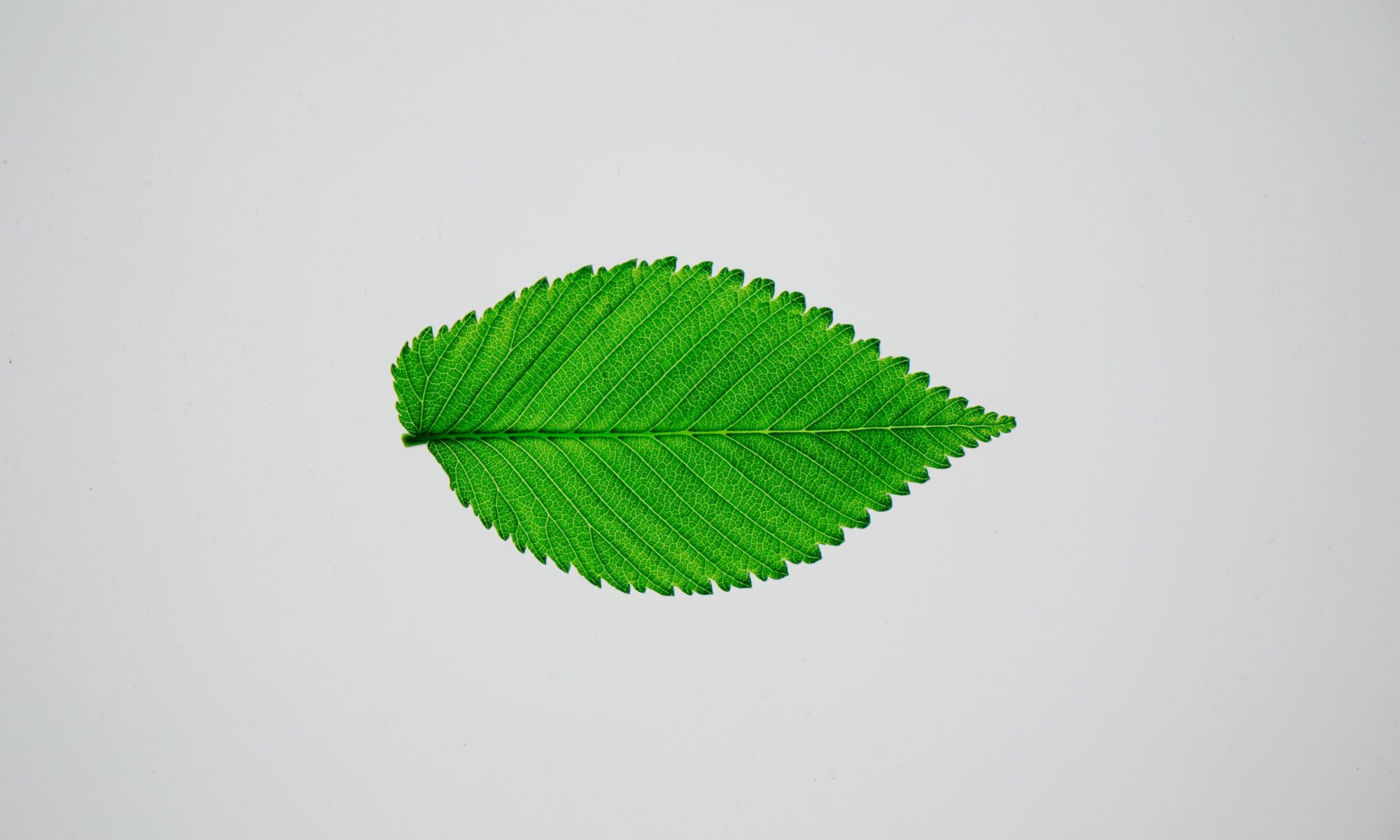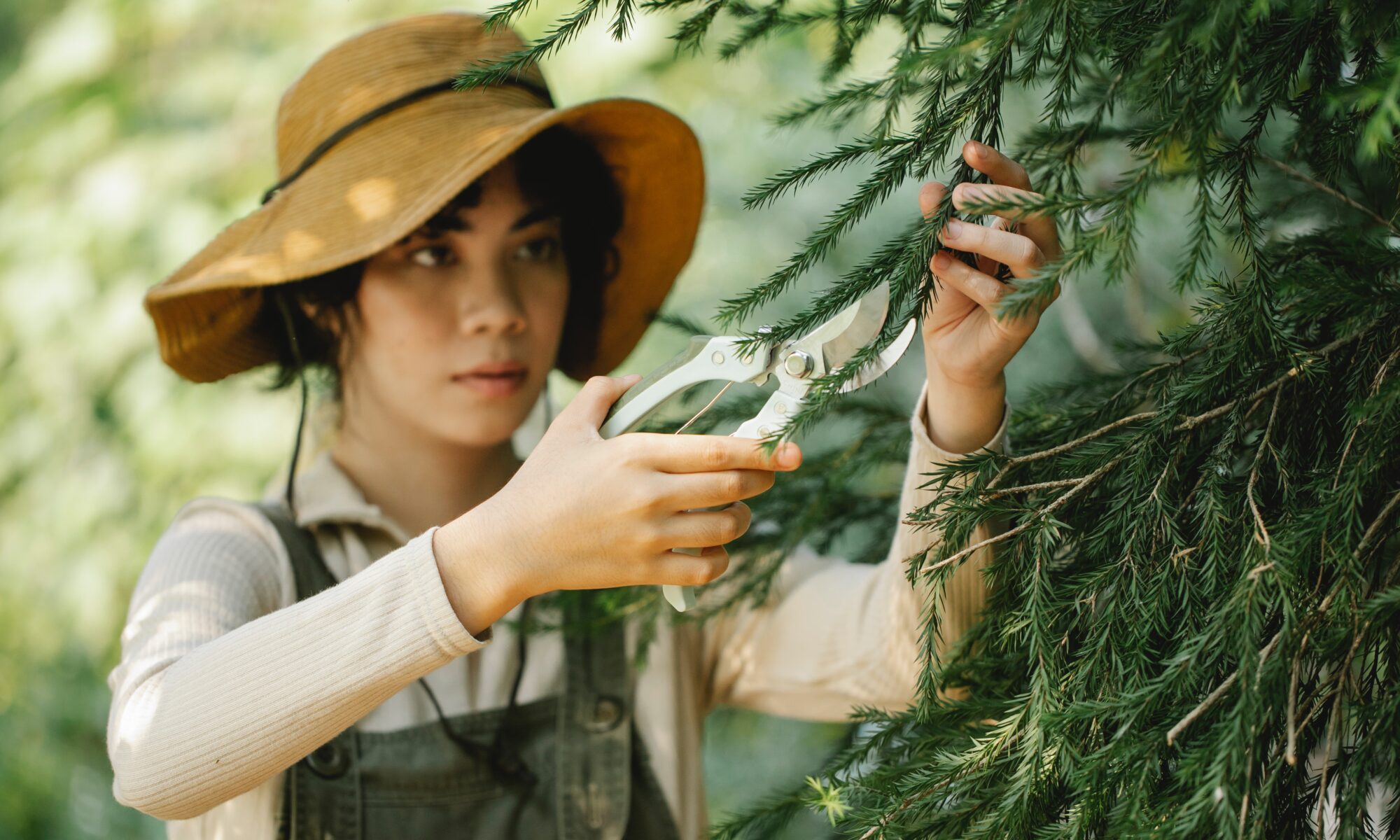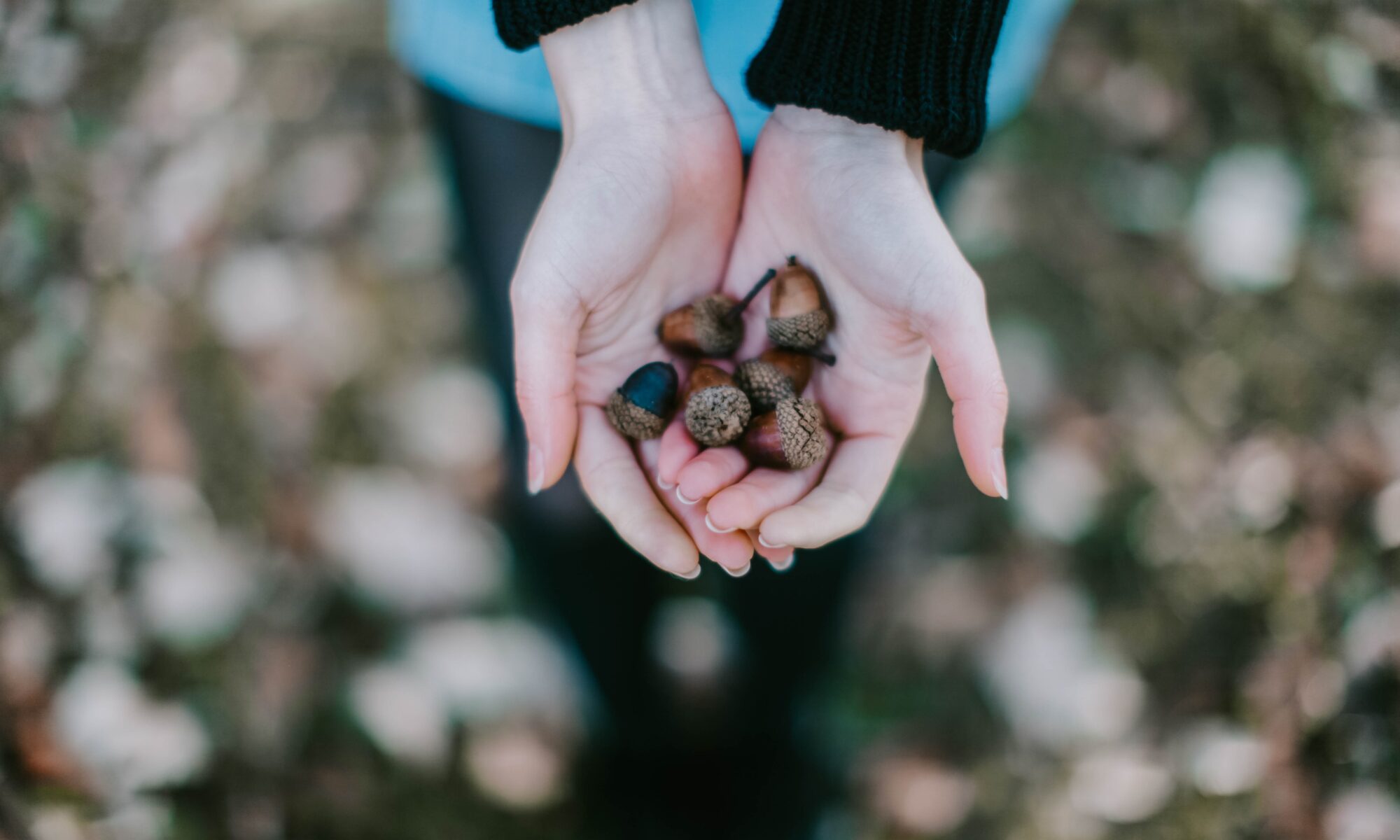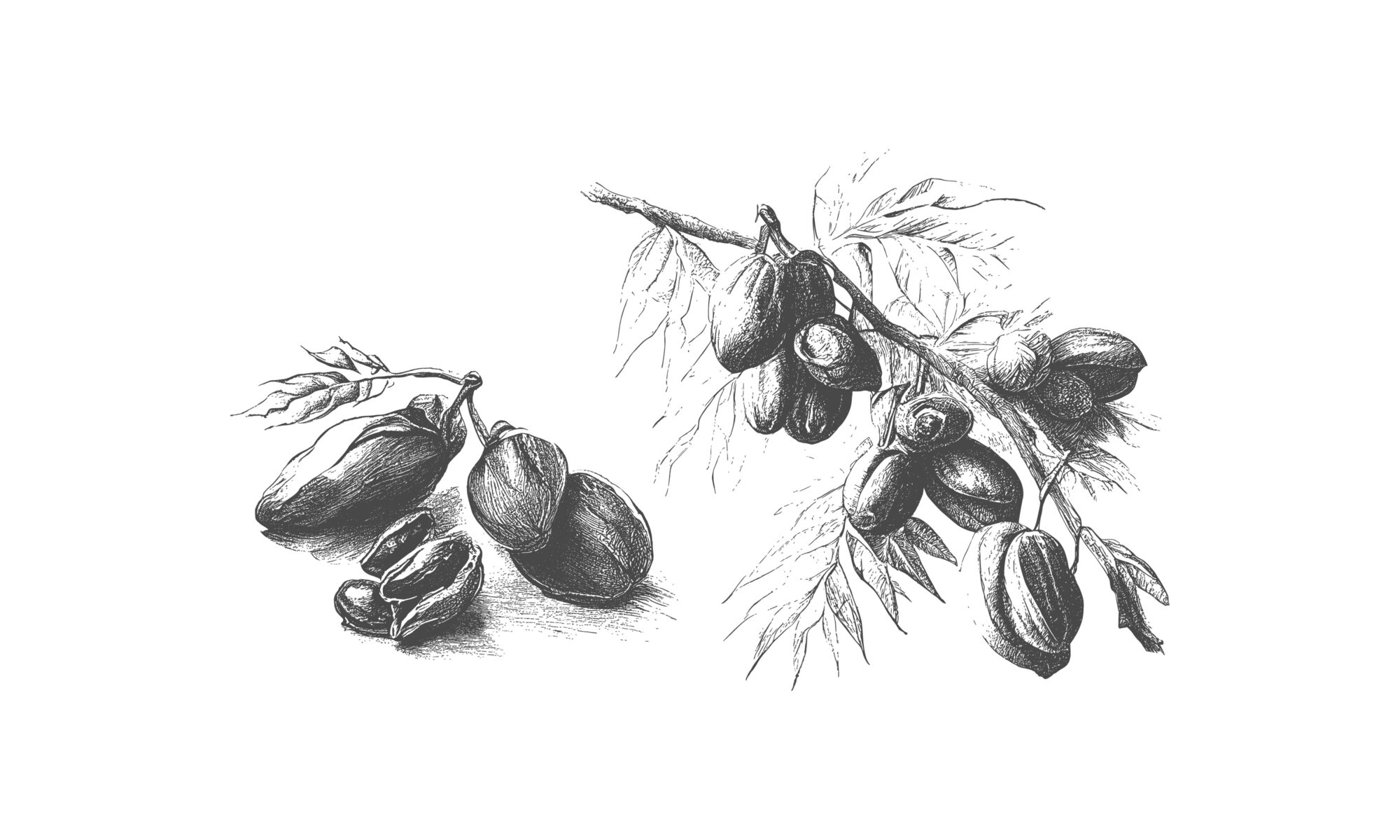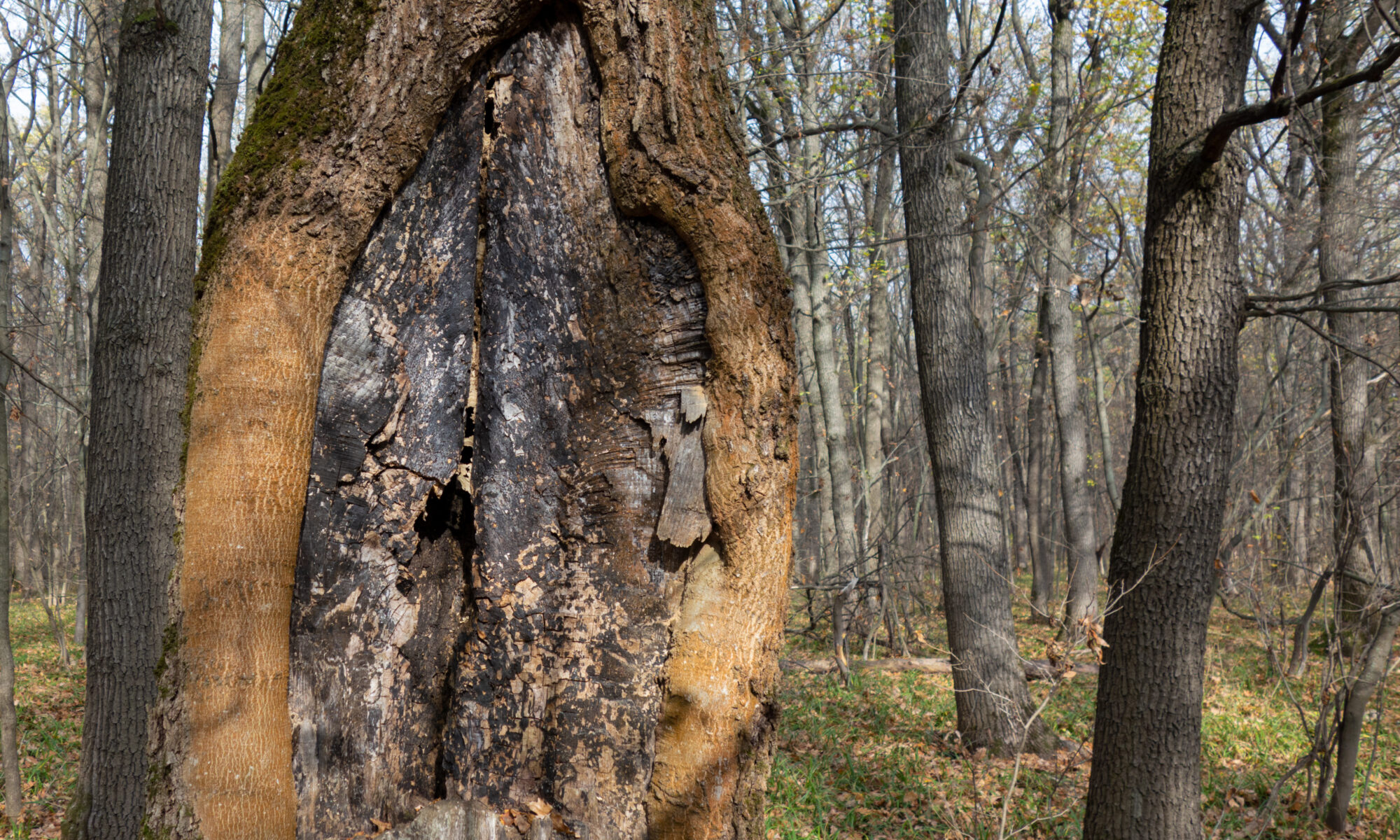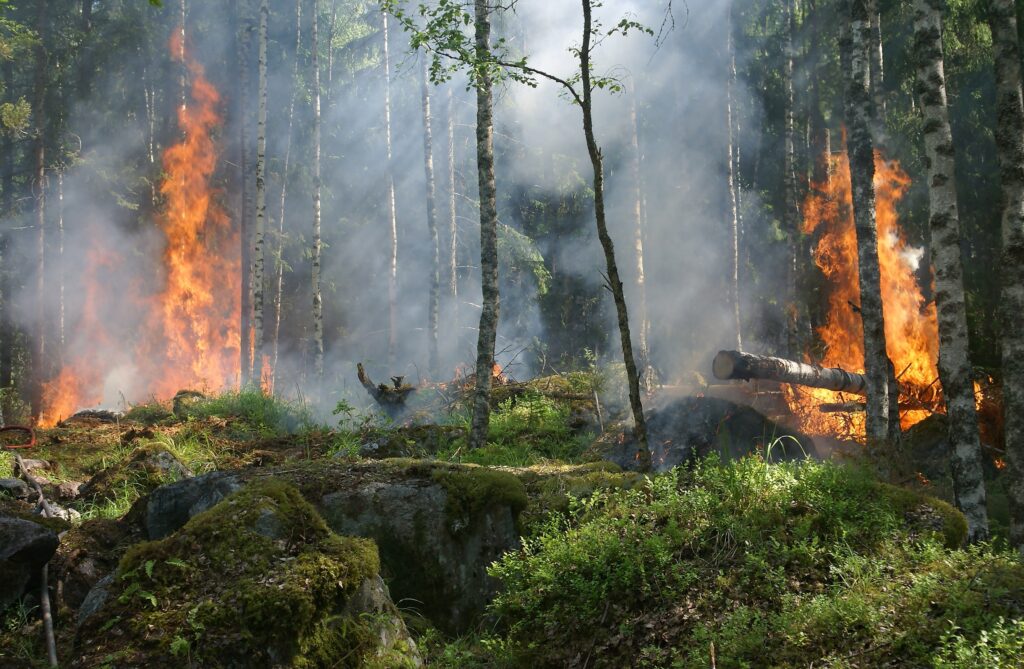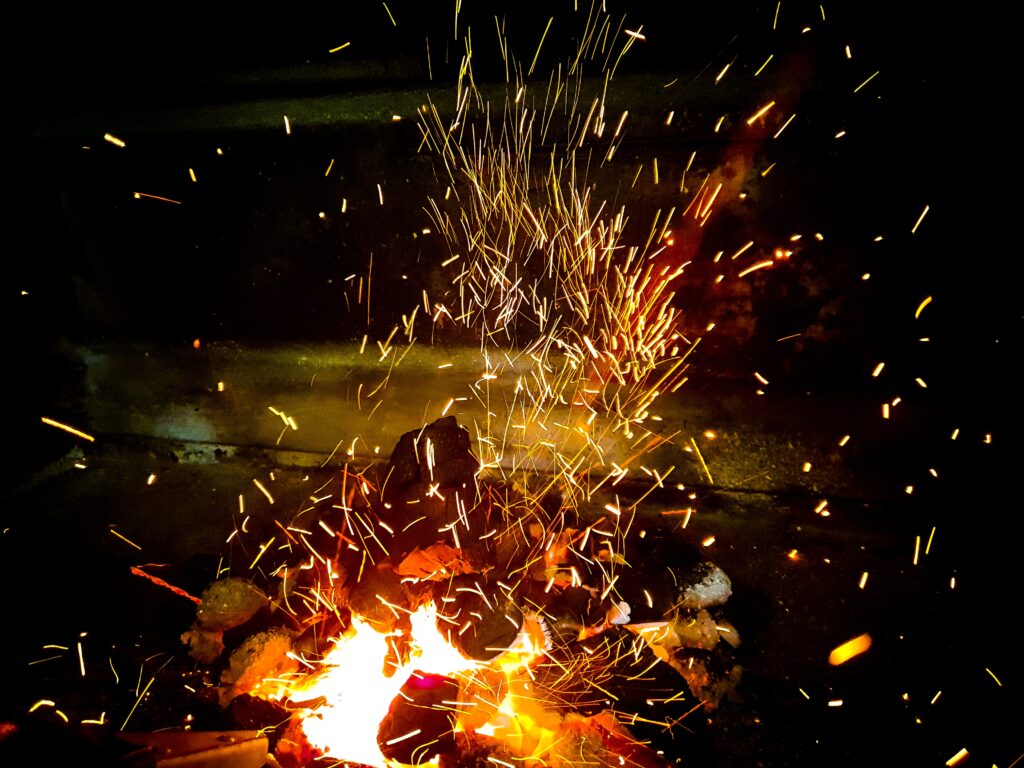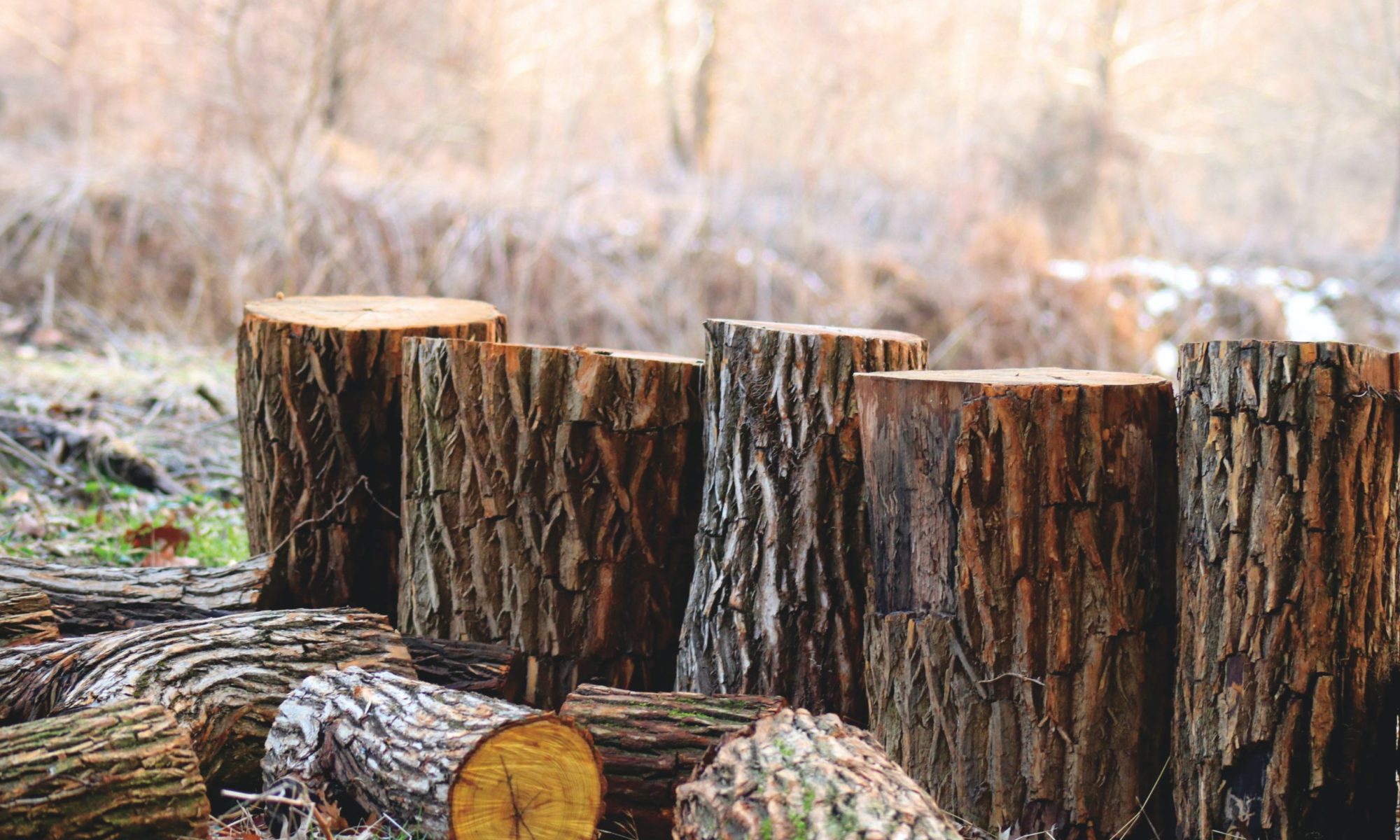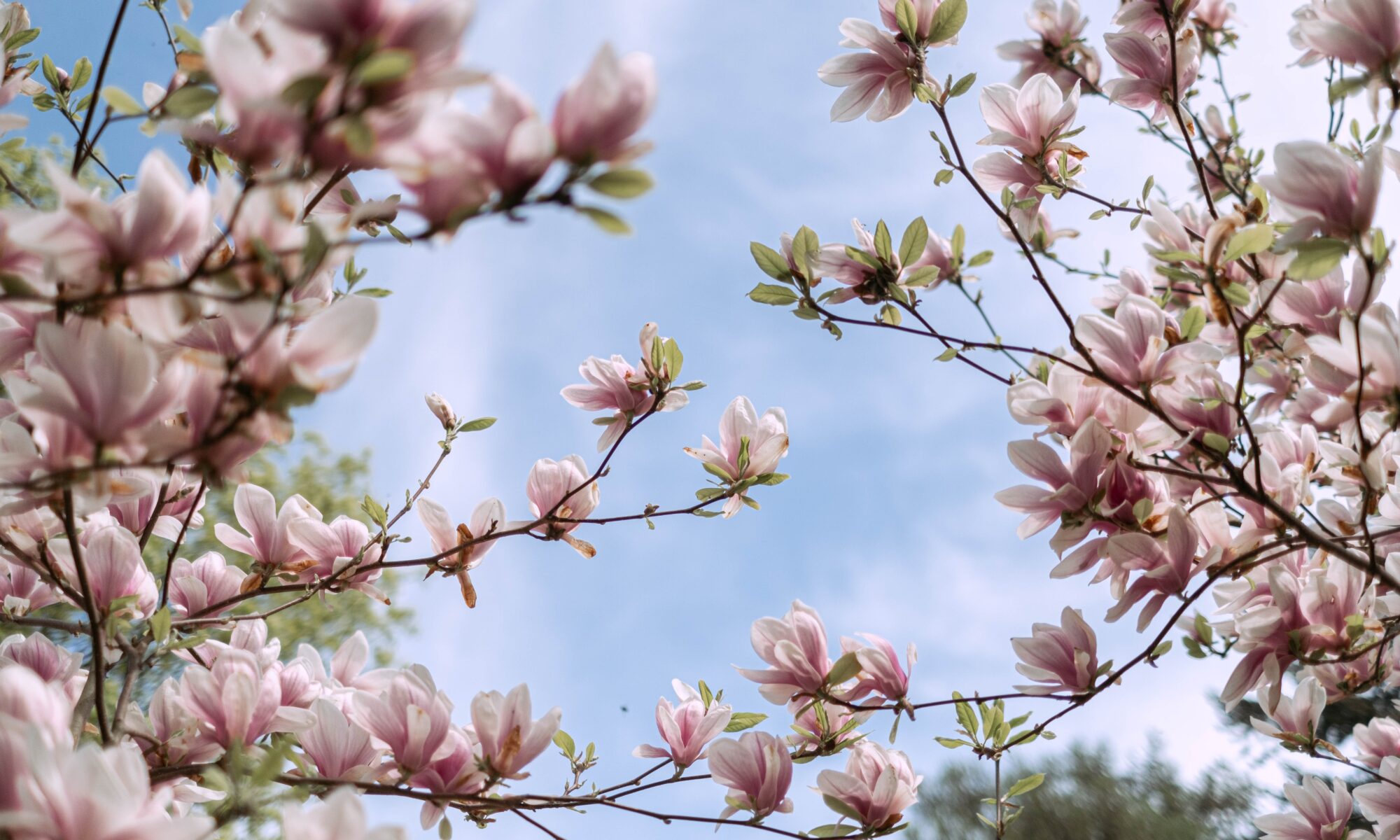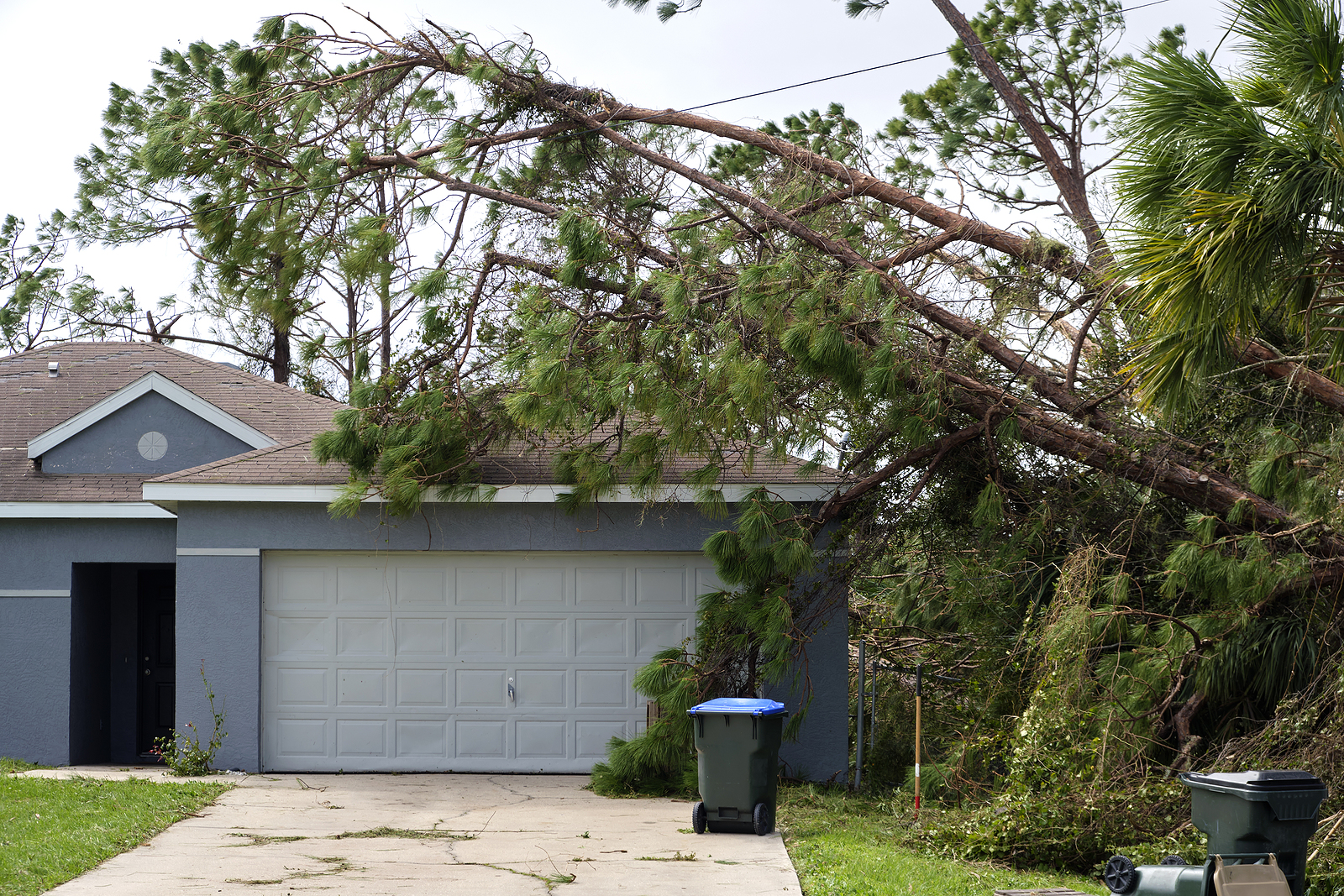In the battle against nature’s pests, the mighty elm leaf beetle may seem a formidable opponent. From their distinctive yellow bodies to their voracious appetites, these pests pose a significant threat to the health of your beloved elm trees. But don’t fret just yet. Even when faced with a tough adversary, there’s always a way to fight back. And that’s what we are here to explore—how to effectively control and protect your trees from the infamous elm leaf beetle.
The Siege of the Elm Leaf Beetle 🐞
Let’s paint a picture. It’s a glorious spring day, and you notice your elm tree’s leaves are riddled with small, round holes and yellowing prematurely. To the untrained eye, it might seem as if fall has come too soon. But you know better. These are classic signs of an elm leaf beetle invasion.
Born from clusters of orange or yellow eggs laid on the underside of leaves, the beetle larvae feed voraciously on leaf tissue, leaving a skeletonized pattern. In large numbers, their feeding can cause severe defoliation and, over time, weaken the tree, leaving it vulnerable to diseases and other pests.
Don’t let your trees succumb to this onslaught!
Know Your Foe: Identifying the Elm Leaf Beetle and Differentiating It from Similar Pests in California 🔍
Accurate pest identification is paramount in the battle against infestations. Here, we’ll focus on distinguishing the elm leaf beetle from similar pests found in California. This identification is vital for applying effective control methods. Let’s start with the basics.
Identifying the Elm Leaf Beetle
The adult elm leaf beetle is approximately 1/4 inch long, possessing a narrow, somewhat oval body. The beetles are typically olive-green to yellow, sporting a black stripe along each side of their wing covers.
Their larvae, which are more destructive than the adults, present a stark contrast. Approximately 1/2 inch long, they range in color from yellow to black, and feature two black stripes along each side of their bodies.
Now, let’s see how to distinguish them from other beetles commonly found in the Golden State.
The Western Sculptured Pine Borer: Metallic Marauder
The Western Sculptured Pine Borer might be confused with the elm leaf beetle due to its similar size. However, this borer is metallic brown and has a fluted, sculptured appearance on its wing covers. Unlike the elm leaf beetle, this pest targets pine trees, specifically the bark and wood.
The Fuller Rose Beetle: An Unassuming Pests
The Fuller Rose Beetle could be another beetle mistaken for the elm leaf beetle, particularly in its larval stage. However, the adult Fuller Rose Beetle is a grey-brown weevil and does its damage primarily at night. They are known to chew the edges of leaves of a variety of plants, not just roses.
The Spotted Cucumber Beetle: A Garden’s Nightmare
The Spotted Cucumber Beetle is another pest that could be confused with the elm leaf beetle. Adults are yellowish-green with black spots, and they are known to affect a wide variety of plants, including cucumbers and other squashes, corn, and roses.
Recognizing the elm leaf beetle among these similar pests is crucial for implementing the most effective control methods. If you’re unsure of the specific pest your trees are facing, it’s always a good idea to seek advice from a pest control expert. They can accurately identify the problem and suggest the most appropriate treatment to safeguard your trees.
Defensive Tactics: Non-Chemical Controls
Many might be tempted to reach for the strongest, quickest-acting chemical pesticide. But there’s more than one way to fight this battle. Let’s consider non-chemical controls first.
1. Predator Allies 🦉
Nature often provides its own checks and balances. Predators such as birds and parasitic wasps can help to control the elm leaf beetle population. Encouraging these natural predators to reside in your garden or property could be a long-term, sustainable solution.
2. Tree Banding 🌳
Tree banding involves placing a sticky band around the tree’s trunk to prevent adult beetles from climbing to lay eggs. It’s simple, cost-effective, and safe for the environment.
3. Regular Pruning ✂️
Pruning dead branches and removing dead leaves in autumn can minimize the number of sites available for the beetle to overwinter, disrupting their lifecycle.
Fighting Fire with Fire: Chemical Controls
If non-chemical controls aren’t enough, don’t lose hope. Chemical control options can serve as an effective last line of defense against severe infestations.
- Insecticidal Soaps and Oils 🧼
Insecticidal soaps and oils are less harmful to the environment and can effectively control elm leaf beetles, especially in their larval stage.
- Systemic Insecticides 💉
In cases of severe infestations, you can drench the soil with systemic insecticides for the tree to absorb. These are taken up by the tree and transported throughout the plant tissues, providing protection from the inside out.
Before applying any chemicals, it’s always essential to consult with a professional to ensure you’re making the most informed and safe decisions for your trees and the surrounding environment.
Stand Your Ground: Elm Leaf Beetle Resistance
Here’s a compelling piece of data: Studies have shown that certain elm tree varieties demonstrate resistance to the elm leaf beetle. According to the University of California Statewide Integrated Pest Management Program, Chinese elm, ‘Drake’ elm, and ‘Pioneer’ elm exhibited lower rates of beetle infestation.
While this method might be a more long-term plan, selecting elm leaf beetle-resistant tree varieties could provide an enduring solution for future generations of elm trees in your landscape.
Victory is Possible: Recap
The elm leaf beetle might seem like a formidable adversary, but don’t forget—you’re not defenseless in this battle. With a combination of defensive tactics such as predator allies, tree banding, and regular pruning, along with judicious use of chemical controls, victory is possible. And for the long haul, planting elm leaf beetle-resistant varieties can help fortify your landscape for the future.
Always remember, your first line of defense is vigilance. Regularly inspect your trees for signs of infestation. In doing so, you will be better equipped to respond swiftly and decisively, giving your trees the best chance of staying healthy and robust.
It’s Time to Arm Your Elms 🛡️🌳
Your elm trees are under siege, and they need your help. Are you ready to take up arms against the elm leaf beetle? At Sexy Trees, we’re passionate about equipping you with the knowledge, tools, and services needed to protect and preserve your precious greenery. From professional advice on pest control to expert pruning services, we’ve got you covered.
So what are you waiting for? Don’t just stand by as the elm leaf beetle wreaks havoc on your trees. Be the hero your garden needs. Contact us today and let’s give those beetles a battle they’ll never forget!
Your trees are sexy; let’s keep them that way!
 Bringing Sexy Back Into Your Yards
Bringing Sexy Back Into Your Yards 
